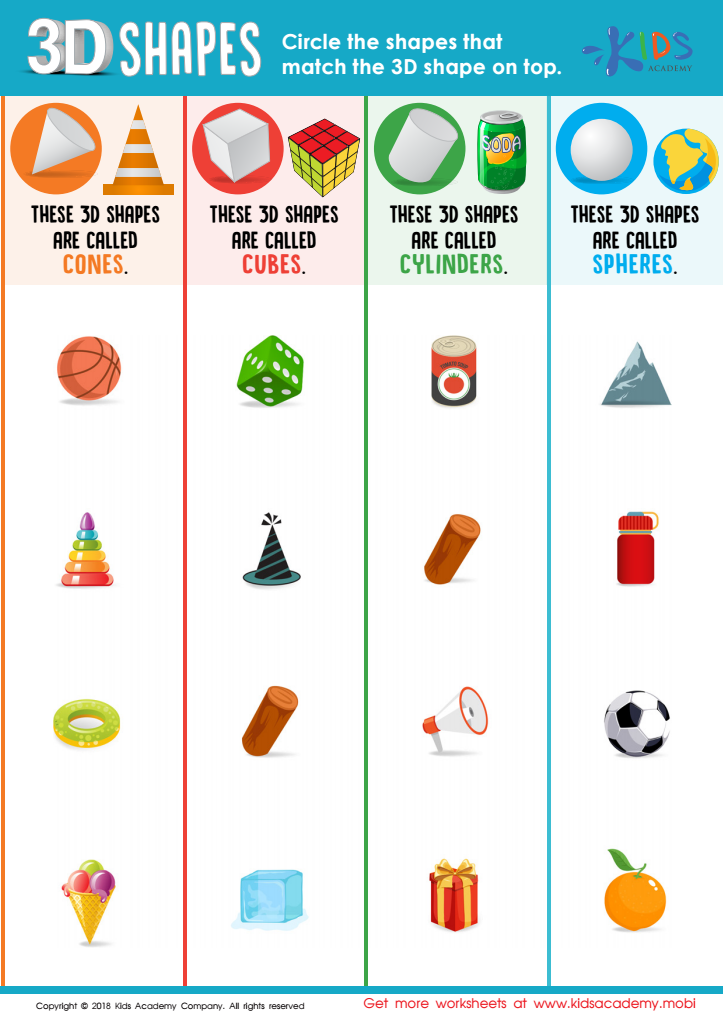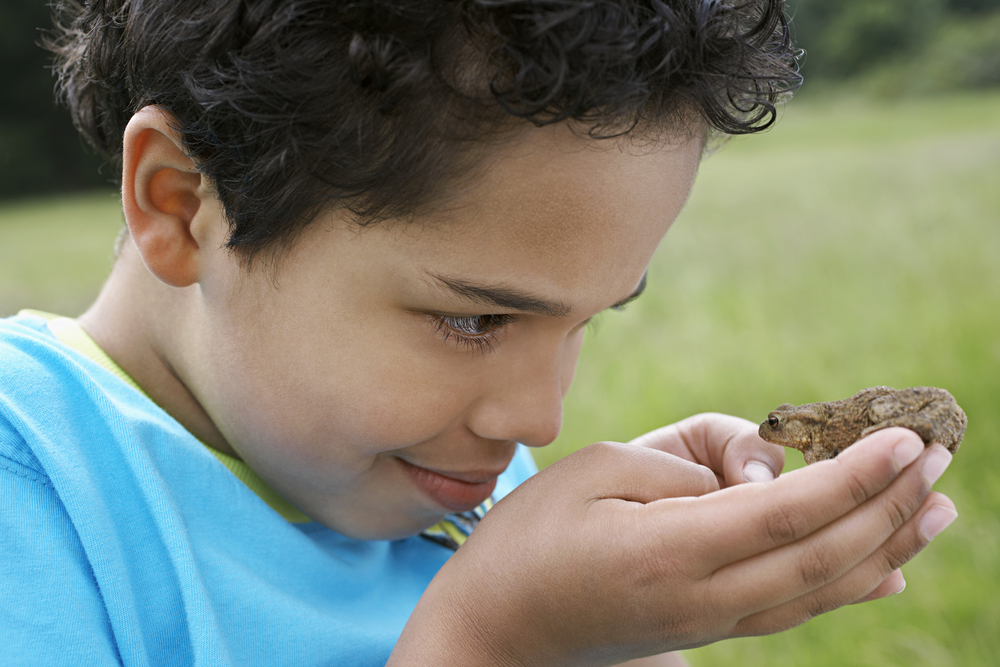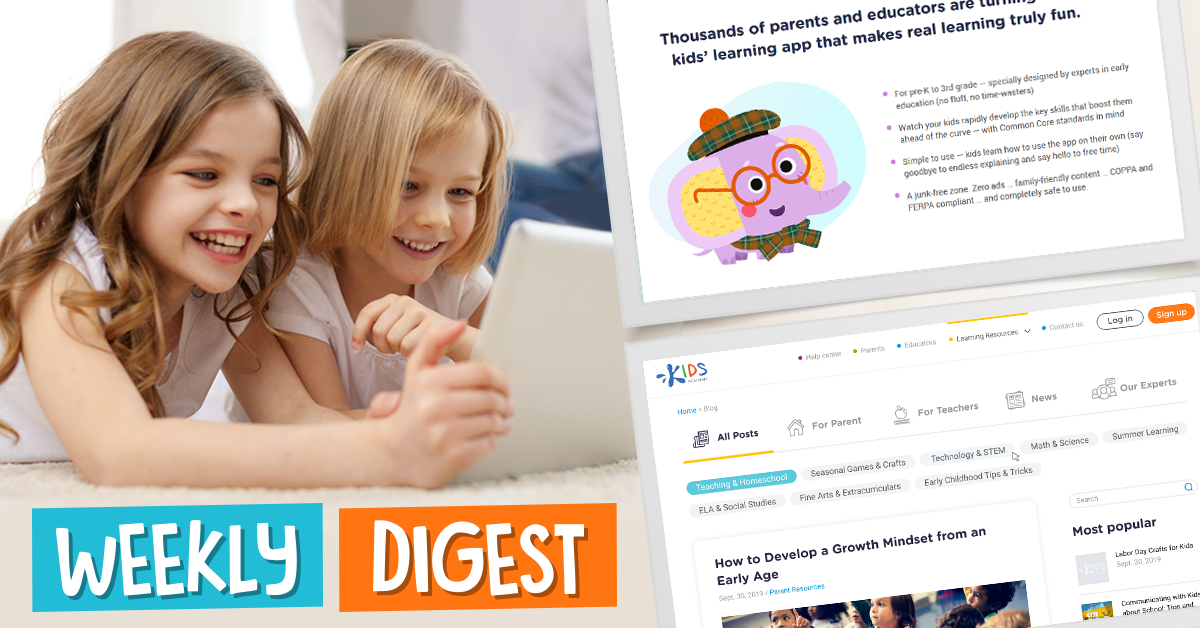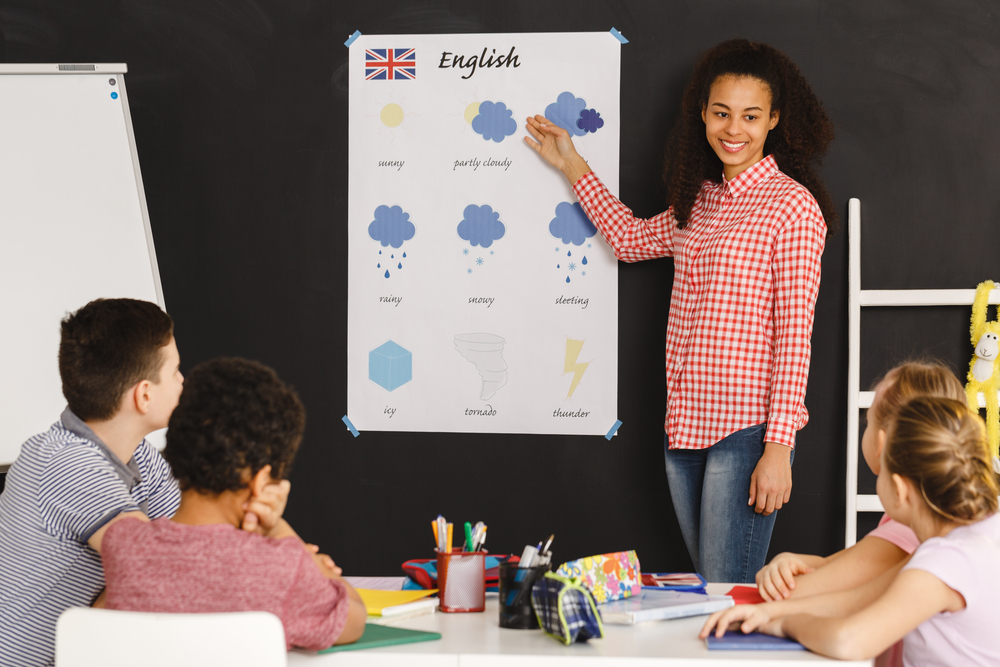Naming shapes Worksheets for Kids
1 filtered results
-
From - To


3D Shapes Worksheet
Question/Answer
How to test a Kindergarten student’s Naming shapes skills?
To test a Kindergarten student's naming shapes skills, use flashcards or real objects with various shapes (circle, square, triangle, rectangle, etc.). Show each shape to the student one at a time and ask them to name it. Record their responses to assess their ability to recognize and name basic geometric shapes accurately.
How does the mastery of the Naming shapes skill affect a student's performance at an early age?
Mastery of the Naming shapes skill at an early age positively impacts a student's performance by enhancing their spatial reasoning, mathematical understanding, and language development. It lays a foundational skill for learning more complex geometric concepts, promotes cognitive development, and supports the acquisition of academic skills in mathematics and sciences, thereby contributing to overall academic success.
What does the Naming shapes skill mean when it comes to Kindergarten Geometry learning?
The Naming shapes skill in Kindergarten Geometry learning involves teaching children to recognize and correctly identify basic geometric shapes such as circles, squares, rectangles, triangles, and hexagons. This foundational skill aids in their understanding of shapes in the environment, enhances vocabulary, and prepares them for more complex geometric concepts and spatial reasoning tasks in future mathematical learning.
 Assign to the classroom
Assign to the classroom












